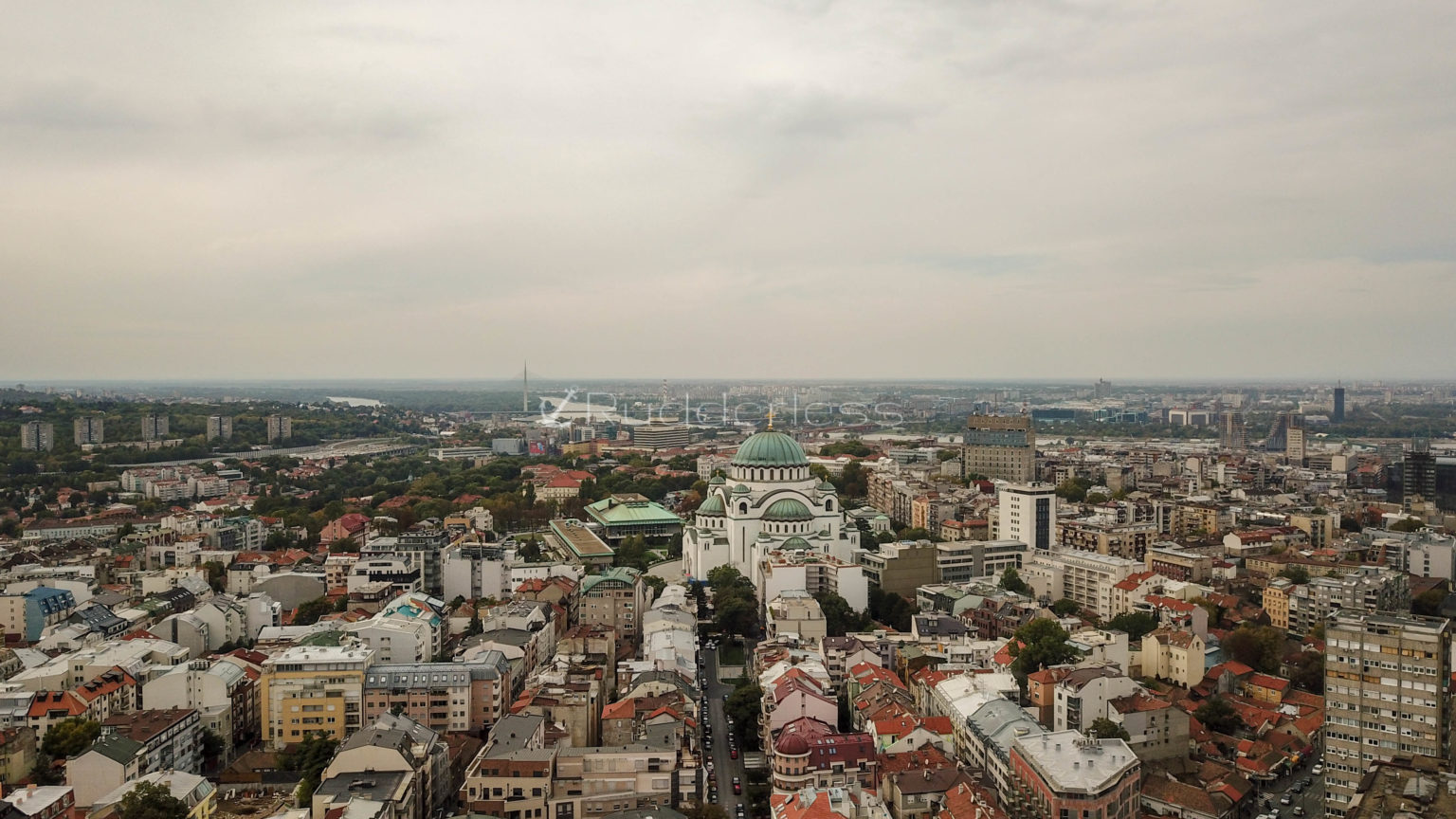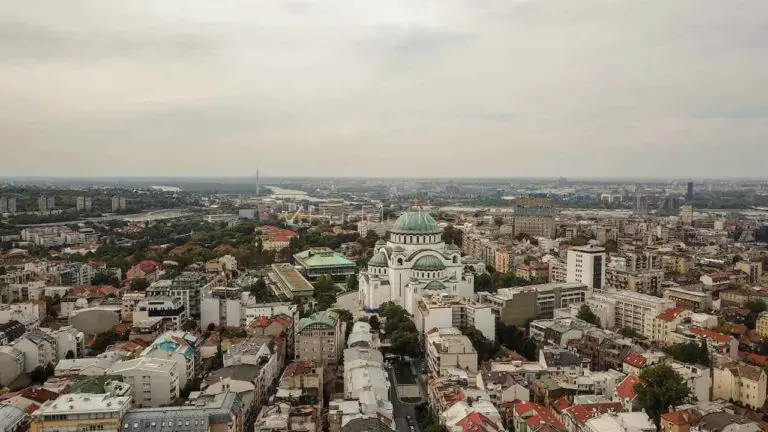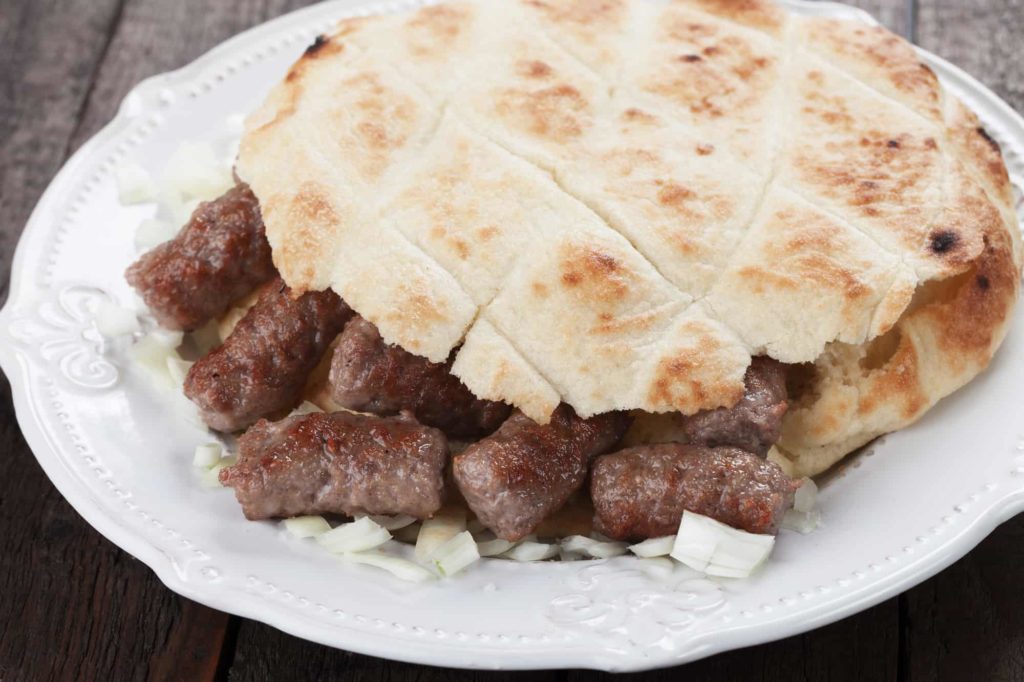
Serbia

Strangely enough, Serbia is one of the first European countries I visited. Often confused with Syria, Serbia is a Balkan country that has become increasingly popular as more travellers discover its unique blend of culture, history and natural beauty. I’d like to believe I played a role in this, as I’ve been visiting Serbia and discovering all the Serbia attractions long before social media 🙂

Beautiful Places To See In Belgrade In 2 Days
Belgrade. I have a long and beautiful relationship with this city, that as of this post, spans 10 years. Yes, you heard me correctly, which makes Belgrade the city I’ve visited the most outside of Toronto, the city I was born in. So when it comes to places to see in Belgrade or things to…
History
Serbia’s fascinating and complex history dates back to the 4th century BCE!
Pre-History Settlement Period
- The area covered by present-day Serbia was first settled around 500,000 years ago.
- In the 4th century BCE, the Illyrians began colonizing what is now known as Serbia, developing fortified settlements and villages.
Roman Rule
- The arrival of the Romans changed the power structure when Emperor Augustus conquered Illyria in 16 CE. This was followed by five centuries of Roman rule.
Slavic Invasion & Byzantine Rule
- The 6th century brought another shift in power when Slavic tribes from Poland invaded the region
- By 1180 AD, most of what today is known as Serbia joined Byzantium, becoming a powerful military force by guarding Constantinople against multiple sieges from Ottoman armies throughout 1208 – 1215 AD.
- Archbishop Sava, I founded a new Church in the region (without dependence on Patriarchate Constantinople).
Ottoman Occupation & National Revival
- Starting late 14th century, Ottoman forces slowly gained control over parts of Serbia, eventually leading to full occupation during the early 15th century for more than 500 years.
- Post WWII revolution renewed the political atmosphere launching the communist period, but eventually, 1991 restored sovereign republic rule granting Serbs the first real freedom.
Capital City
The capital of Serbia is Belgrade.
Serbian Currency
The Serbian currency is called the Dinar. The RSD currently consists of banknotes ranging from 10 to 50000 Dinara and coins ranging from 1 to 100 Dinara.
Serbian Food
Regarding food, Serbia’s long history shines through in its dishes, specifically the Turkish culture.
Burek – The Signature Street Food in Serbia. It is a pastry filled with meat, cheese, or spinach.
Pljeskavica – Serbian version of a hamburger. Ground beef (or sometimes mixed meat) accompanied by vegetables such as bell peppers and onions inside a soft bun or wrap.
Cevapcici – Cevapi consists of small sausages prepared using ground-up beef (sometimes even lamb). These little sausages are then thrown into fresh lepinja (type of soft pita bread, some raw onions and kajmak (a salty cream cheese).

Electricity
The electrical supply is 230V, 50Hz AC. Serbia uses the standard European (round-pronged) plugs.
Travelling Around Serbia By Car
Serbia is a beautiful country to explore by car with its stunning mountain roads and picturesque villages.
Know the Local Traffic Laws
The speed limit inside city limits is 50 km/h and on open roads it’s 90 km/h (unless otherwise posted). Seatbelts are mandatory, no cellphone use while driving, no parking on double yellow lines or crossing solid white lines without proper caution.
Be Careful of Road Conditions
The main roads throughout Serbia are in fairly good condition, however, smaller rural roads can be narrow with plenty of potholes and other hazards so drive with extra caution. There may also be domestic animals wandering around which could come into your path unexpectedly so take extra care when taking corners or going around blind spots on backroads.
Travelling Around Serbia By Bus
Traveling around Serbia by bus is a great way to explore the country.
Tickets
Tickets can be purchased in advance through websites such as Getbybus or Lasta. Typically longer trips with more stops cost less than faster direct buses and make sure to purchase tickets at least one day before departure in order to secure seats ahead of time.
